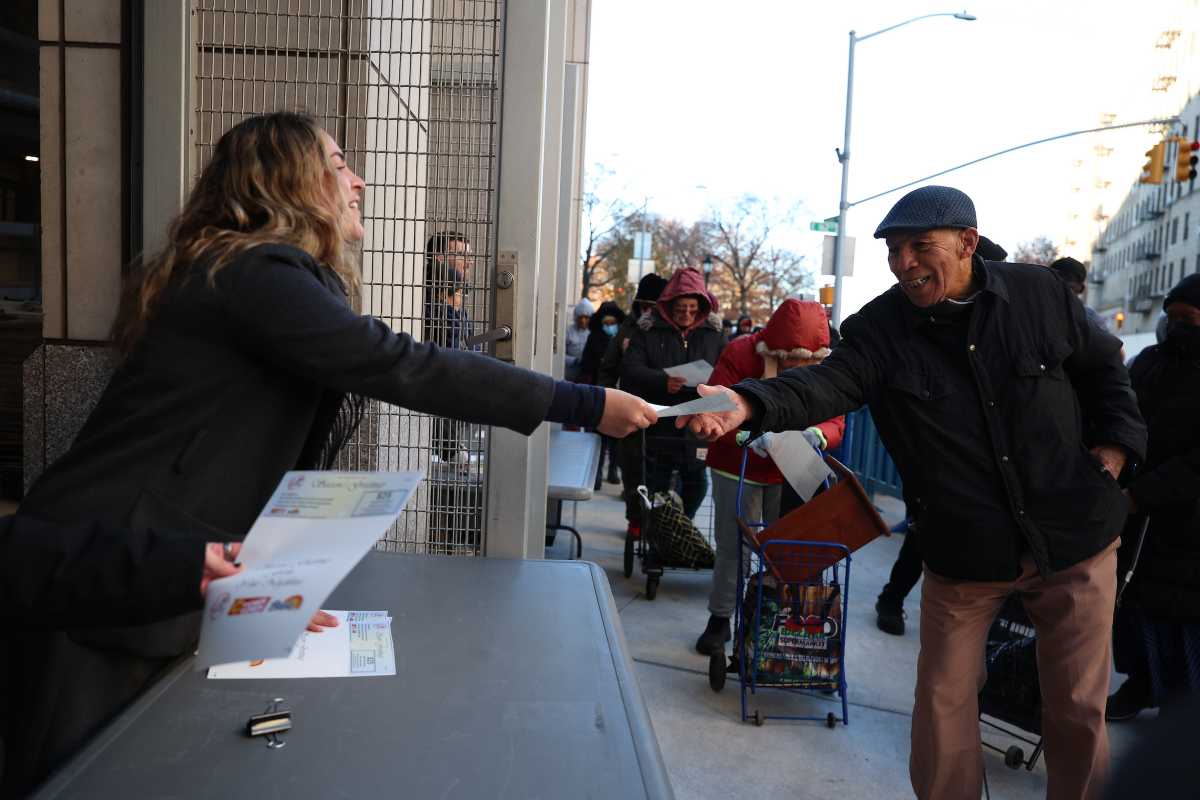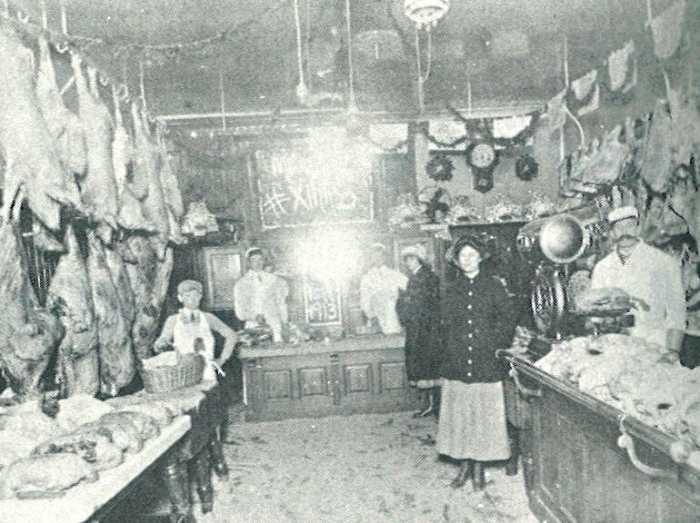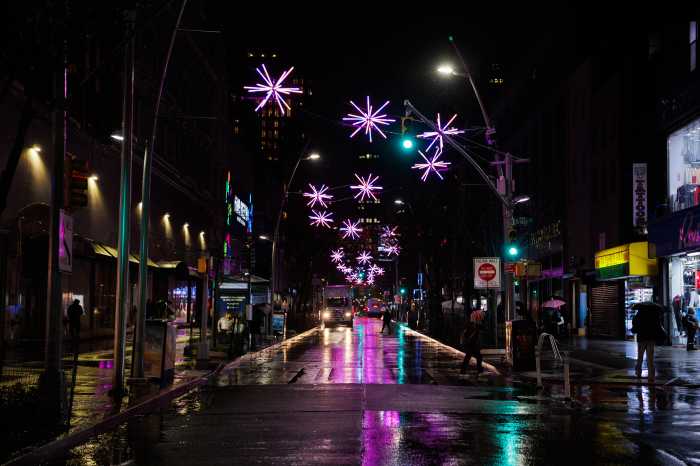It’s hard to believe, but there are only two visual artists in residence at the Hotel Chelsea — and Michele Zalopany is one of them.
Born and raised in Detroit, she is the daughter of a Hawaiian father and a Polish-American mother and the product of a turbulent time in a particularly tumultuous place. Her mother worked for Motown Records while the budding artist went to high school in downtown Detroit and hung out after school with the Black Panthers.
Although the family did live for a year in her dad’s native land, it was the Motor City where she spent her formative years.
“When I was 10 years old,” she recounts, “I realized that you could be an artist as a profession. When I was 12, in 1967, the riots made a huge impression on me. There were tanks rolling down the street.”
The music that she was hearing on the radio — The Stooges, the MC5 — was an anarchic soundtrack to the era. Zalopany, whose parents had divorced, was not exactly enjoying a quiet home life either.
“My mom threw me out when I was 17,” she says.
The long road to Hotel Chelsea




Although Zalopany got a scholarship to a local college, she “got bored and dropped out,” which led to her moving away to attend the Cleveland Institute of Art, working as a hospital receptionist to pay the bills and enjoying a live music scene that included Iggy and the Stooges, DEVO and Pere Ubu.
In 1978, she moved to New York City, finding another hospital gig and also doing a stint as a waitress at Junior’s Restaurant in Brooklyn.
“I was a sculptor back then,” Zalopany notes. “I studied at SVA (the School for Visual Arts).” Why not a painter? “I hated paint!” she exclaims. “I don’t like wet and slimy stuff.”
Zalopany’s art education continued when she got a job working with Julian Schnabel as his career was taking off.
“I learned a lot, met everybody, every museum director and curator, and lived in about 20 different apartments,” she says.



Her next move was a grand tour of Europe, visiting friends in London, Paris, and Rome — where she lived for a while — and ended up buying a building outside the city and getting married there. Eventually, the marriage ended, and the place was sold, but her art career was getting off to a good start.
“I stopped doing sculpture,” she explains. “I didn’t want to have another object in the world, I thought it was stupid.”
After doing some collage — well, exactly one collage — she began producing charcoal drawings in black and white before moving on to dry color pastels. After her first show at P.P.O.W. in 1984, her work has been exhibited in numerous solo and group shows here and abroad in places such as Rome, Cologne and Milano.
Zalopany’s art is part of numerous public collections such as the Boston Museum of Fine Arts, the Cleveland Museum of Art, the New York Public Library, the Whitney Museum, and various European institutions such as the Nestle Art Collection in Geneva.
In 1989, a particularly auspicious year, she was shown in the Whitney Biennial, founded the Inanout Press with Paola Igliori, and landed her apartment at the Hotel Chelsea. Going back and forth between NYC and Italy, she honed in on the direction that she wanted her art to take.
“Art had been very conceptual, but then figurative work came back in the 80s”, she explains. “I decided that I was going to do what I liked doing best. Now, anybody who is trained can make figurative work, but it has to be meaningful, so I started investigating my own subject matter.”



Poring through archives of her ancestors’ native Hawai’i, Zalopany began to research the history of colonialism there.
“It took me to places that I hadn’t been before,” she muses. “The more that I did research on those images, the more I learned about what was going on in those times.”
What is pictured on her canvases is only the veneer, the tip of the iceberg of a cache of stories that can only be revealed by digging beneath the surface.
Her current show at Chelsea’s PICTURE THEORY, “Mo’oku’auhau: The Past Before Us,” brings together a number of examples of recent work, along with two older pieces.
Gallery Director Rebekah Kim explained some of the allure of her art.
“Michele brings a quiet mystery to the familiar,” Kim noted. “Her exploration of Indigenous Hawai’i – a part of her heritage – renders a place and people with authenticity. Her insights, empathy and gaze for these subjects compelled me. When art succeeds, it persuades. It doesn’t just reflect the world—it expands it.”
Pat Place, founding guitarist of downtown legends the Bush Tetras, lauded the work, saying, “The subject matter, the exquisite technique, the composition … the whole deal … it’s wonderful!”
The stories behind the images run deep, and Zalopany hopes they will “provoke interest in the true history of the Hawaiian people and their land and thus chip away at the false narrative that overwhelms most people’s current perception.”
The artist can be followed at michelezalopany.com. Gallery information can be found at picturetheoryprojects.com




































